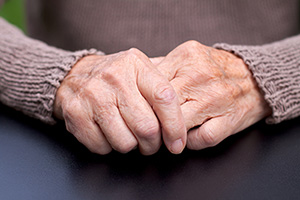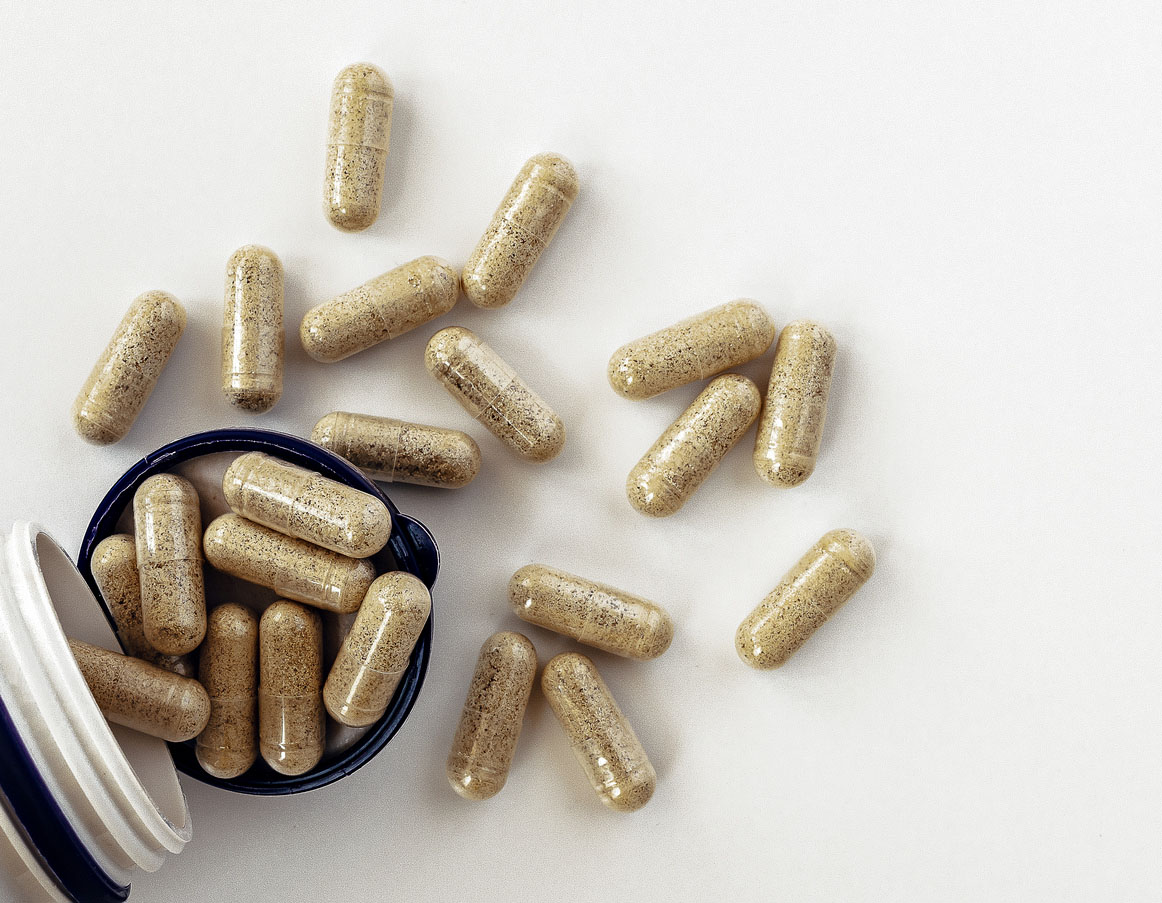It was recently revealed that use of non-steroidal anti-inflammatory drugs—over the counter products like Advil, Motrin, ibuprofen, and Aleve, and prescription meds like Celebrex, Voltaren, Indocin, Naprosyn, Feldene, Daypro and Anaprox—can increase the risk of cardiovascular events (heart attacks and strokes) after as little as 7 days of continuous use. Experts now urge that patients use them sparingly.
This adds to concerns about these popular pain relievers which in the past have been implicated in high blood pressure, stomach ulcers, and kidney failure. It’s particularly problematic, since the very same people who need relief from painful joints due to osteoarthritis are often older, and inherently susceptible to circulatory problems.
This is not surprising. Recall the Vioxx and Bextra debacles of several years ago, when those highly-touted pain relievers were yanked from the marketplace after they were found to dramatically increase the risk of cardiovascular events. It was estimated that Vioxx alone was responsible for 60,000 excess deaths.
So what are the alternatives? In a remarkable confluence of events, a recent study revealed that chondroitin sulfate—often teamed with glucosamine—can offer a safe alternative to NSAIDs for osteoarthritis pain, with equivalent benefits.
Knee pain sufferers with documented osteoarthritis were divided into three groups: One group got 800 milligrams of chondroitin sulfate plus a fake Celebrex pill as a placebo; Another got a fake chondroitin pill plus a real 200 milligram Celebrex pill; The third (control) group got 2 placebo pills.
The groups were then rated in terms of subjective discomfort and functionality. Both the chondroitin and Celebrex recipients showed improvements at three and six months. The Celebrex worked faster, but at the end of the study, benefits were equivalent with the safe natural supplement.
The researchers concluded:
“This compelling benefit-risk profile, in light of the known clinical risks associated with chronic usage of NSAIDS . . . underscores the potential importance of pharmaceutical-grade [chondroitin sulfate] in the management of knee [osteoarthritis], especially in the older population requiring long-term treatment.”
The study authors specified that quality matters, and consumers need to be discerning about obtaining high-quality pharmaceutical-grade chondroitin; that being said, they confirm that chondroitin deserves a place as a first-line choice for those suffering from osteoarthritis pain.
It’s worth mentioning at this point that new research challenges the notion that osteoarthritis is merely a “wear and tear” disease, the inevitable consequence of aging. Except in instances of Repetitive Stress Injury (RSI), osteoarthritis is now coming to be recognized as a metabolic disorder.
I get it that excess pounds put additional gravitational stress on the knees, hips, and feet. But how does mere poundage account for the fact that overweight individuals experience more osteoarthritis of the fingers and wrists? Surely they don’t walk on their knuckles like gorillas!
The answer lies in the close relationship between insulin resistance and inflammation. The review authors state that “Osteoarthritis and metabolic syndrome share the same mechanisms of inflammation, oxidative stress, common metabolites, and endothelial dysfunction.”
This opens the door to a discussion of how low carbohydrate diets, exercise, and blood sugar-regulating supplements might relieve osteoarthritis symptoms. In my experience, diet can be very consequential.
Let’s consider some other supplements that might help relieve osteoarthritis. Among them is curcumin. A recent study, albeit in an animal model, shows that curcumin relieves the pain of OA.
Additionally, there’s some encouraging news about bone morphogenetic protein (BMP) or Cyplexinol, recently introduced as a supplement called Ostinol. Initially targeted toward fracture-healing and osteoporosis, new studies have suggested a role for BMP in combatting osteoarthritis.
Eighty-seven human subjects received 150 milligrams of Cyplexinol for 12 weeks and experienced significant improvements in joint pain. A companion study revealed that individuals who took a special preparation of Cyplexinol with Boswellin (2-Beta Coxatene) attained superior pain relief compared to a control group who were given a standard protocol of glucosamine/chondroitin.
Other supplements that have been shown to ease OA symptoms include S-Adenosyl methionine (SAM-e), hops extracts, sulforaphane, and niacinamide (vitamin B3).
With regard to the latter, it was in 1949 that Dr. William Kaufman first published a paper documenting the benefits of niacinamide for OA. I dug up the old paper and discovered that, for B3 to be most effective, it needs to be dosed in small amounts several times per day. For moderate osteoarthritis Kaufman recommended 150 milligrams of niacinamide 6 times daily (900 mg/day); for severe OA up to 150 every hour (2250 mg/day). The requirement for frequent dosing may be a reason why some people who take B3 less frequently don’t enjoy its benefits.
A more recent paper (1996) confirmed the usefulness of niacinamide for joint pain.
Suffice it to say, with all the natural options available, it shouldn’t be too hard to avoid dependency on dangerous NSAIDs.







